Karungali tree, known for its sacred significance in Hinduism and Buddhism, has been revered for centuries as a symbol of protection, spirituality, and divine energy. Often associated with the mystical powers of Rudraksha and Spadigam (Sphatik). The Karungali tree holds a special place in the hearts of those devoted to spiritual practices. But where exactly does this revered tree grow? In this in-depth exploration, we’ll take a closer look at the natural habitat of the Karungali tree, its cultural relevance, and how its environment influences its spiritual importance.
The Significance of the Karungali Tree in Hinduism and Buddhism
Before we delve into the geographical distribution of the Karungali tree. It’s essential to understand why this tree holds such importance in various spiritual traditions. In Hinduism, the Karungali tree is often linked to Rudraksha and Spadigam beads. Which are commonly used in prayer malas and meditation practices. The tree is believed to carry potent energy, serving as a protective shield for its wearer. Similarly, in Buddhism, the Karungali tree’s wood is valued for making sacred objects, as it is believed to promote clarity of mind and spiritual growth.
But beyond its religious symbolism, the Karungali tree has deep environmental roots. As it thrives in particular ecological conditions that enhance its spiritual potency.
Where Does the Karungali Tree Grow?
The Karungali tree is native to Southeast Asia, with its presence most notably in the southern parts of India and Sri Lanka. These regions provide the ideal environmental conditions that allow the tree to flourish and reach its full potential. The tree thrives in tropical climates with plenty of sunlight, moderate rainfall, and rich, well-drained soil. It’s commonly found in forests and areas where the natural ecosystem supports biodiversity.
Karungali in India
In India, the Karungali tree, also known as Ebony or Blackwood in some regions. Grows predominantly in the southern states like Tamil Nadu and Kerala. These areas, known for their lush forests and monsoon climates, provide the perfect conditions for the tree to thrive. The tropical heat, combined with the fertile soil, allows the Karungali tree to grow tall and strong, reaching heights of up to 30 meters.
This region’s religious significance adds another layer of meaning to the Karungali tree’s growth. The temples of Tamil Nadu and Kerala often feature Karungali wood in sacred artifacts. Further embedding the tree into the cultural and spiritual fabric of the region. For instance, many devotees believe that carrying a piece of Karungali wood offers protection from negative energies and helps them stay grounded during spiritual practices like meditation or chanting mantras using Rudraksha beads.
Karungali in Sri Lanka
Sri Lanka, another spiritual hub in Southeast Asia, is also home to the Karungali tree. In fact, the tree is considered so sacred that its wood is often used to carve Buddha statues and other religious icons. The tropical island’s climate offers the perfect balance of heat, humidity, and rainfall for the Karungali tree to flourish. The dense rainforests in the central and southern parts of Sri Lanka are where you will most likely find these majestic trees.
Sri Lanka’s rich Buddhist heritage intertwines with the Karungali tree’s spiritual symbolism. Making it a key component in rituals and religious practices. Just like in Hinduism, Buddhists in Sri Lanka believe that the tree’s wood possesses protective properties and is often used in the construction of stupas or meditation halls, creating an environment of peace and spiritual upliftment.
Environmental Factors that Support the Growth of Karungali
The Karungali tree is highly dependent on specific environmental factors for its growth and vitality. These factors not only influence the tree’s physical characteristics but also contribute to its spiritual significance.
Climate Conditions
As mentioned earlier, the Karungali tree flourishes in tropical and subtropical climates. The tree requires a minimum temperature of 25°C to grow optimally, with plenty of exposure to sunlight. It’s not surprising, then, that the regions where the tree is most commonly found are near the equator. Where the climate remains warm throughout the year. The tree’s ability to withstand high temperatures makes it a symbol of resilience, a trait often revered in spiritual teachings.
Soil Quality
The Karungali tree prefers well-drained soil, rich in nutrients. Forests with loamy or lateritic soils are ideal for the tree. As these types of soils retain enough moisture for the tree to thrive without becoming waterlogged. The quality of the soil is vital for the tree’s spiritual energy. As it draws sustenance from the earth, embodying the concept of rootedness and connection to the natural world. Just as Rudraksha beads are often worn to stay connected to divine energy. The Karungali tree reminds us of the importance of grounding ourselves in our spiritual practice.
Rainfall and Water Sources
While the Karungali tree does require regular rainfall, it is also incredibly resilient in times of drought. This duality of thriving in both wet and dry conditions makes the tree a metaphor for spiritual endurance. In areas like Tamil Nadu and Sri Lanka, where monsoon seasons bring heavy rains followed by dry spells. The Karungali tree demonstrates how balance in life—between abundance and scarcity—is essential for growth, a theme often echoed in Hindu and Buddhist teachings.
Cultural and Spiritual Importance of Karungali’s Natural Habitat
It’s no coincidence that the Karungali tree grows in areas rich with religious and spiritual heritage. The regions of southern India and Sri Lanka are not only biologically diverse but also culturally significant, with temples, monasteries, and spiritual centers dotting the landscape. The Karungali tree, deeply embedded in these traditions, serves as a bridge between the natural and spiritual worlds.
Karungali and Rudraksh
One cannot discuss the Karungali tree without mentioning its connection to Rudraksha beads, another powerful spiritual tool. Rudraksha beads, commonly used in Hindu and Buddhist malas for chanting mantras, are often paired with Karungali wood in sacred items. Both are seen as protective and spiritually elevating, making them a natural pairing for those seeking spiritual growth.
Just as the Rudraksha beads are believed to be connected to Lord Shiva. The Karungali tree is thought to be imbued with divine energy. The use of these two sacred materials together enhances their spiritual potency, creating a holistic tool for meditation and protection.
Karungali, A Tree Rooted in Spirituality and Nature
The Karungali tree, with its deep roots in the tropical landscapes of India and Sri Lanka, is more than just a physical entity—it’s a spiritual guide. The tree thrives in environments rich with religious heritage and biodiversity, embodying the balance between nature and the divine. For those on a spiritual journey, the Karungali tree offers not only protection but also a reminder of the interconnectedness between the natural world and spiritual growth.
If you’re looking to enhance your spiritual practice, consider exploring Karungali products at SpiritualGuru.lk, where you can find sacred items made from Karungali wood, including malas, bracelets, and more. Let the energy of this revered tree guide you on your spiritual path.
By understanding where the Karungali tree grows and its connection to sacred traditions. We can better appreciate its role in our spiritual lives. Whether through prayer, meditation, or simply keeping a piece of Karungali close by. This powerful tree serves as a constant reminder of the spiritual energy that flows through the natural world.

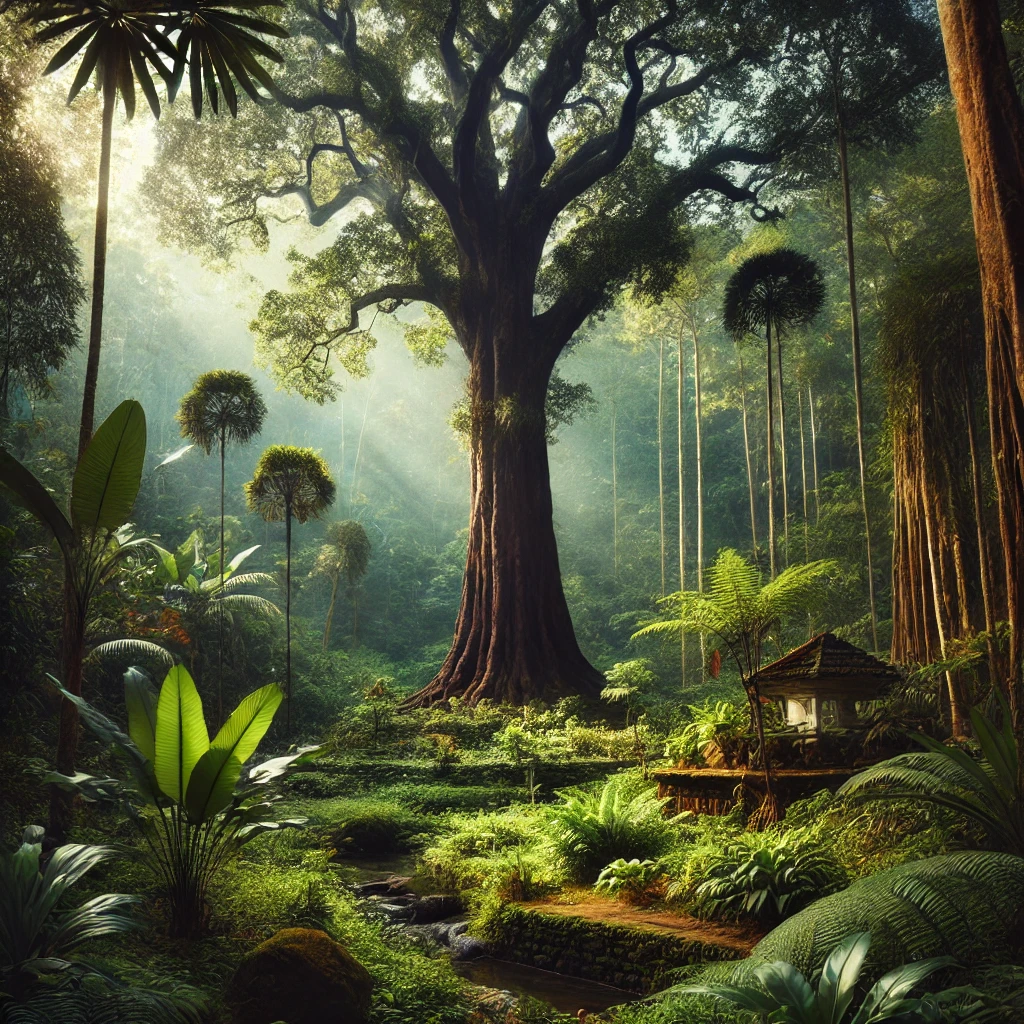
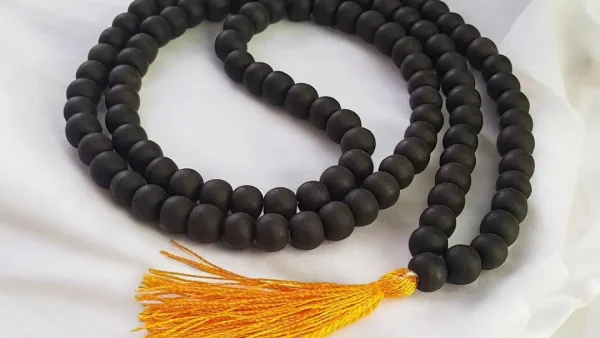

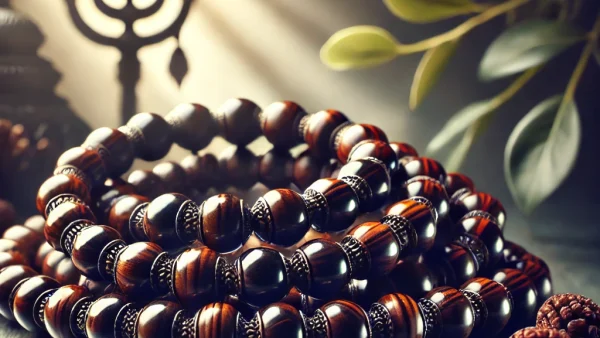
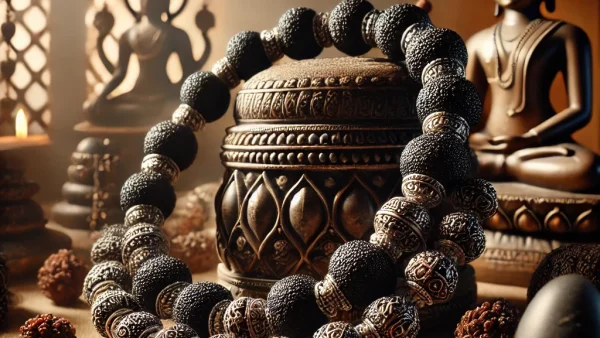
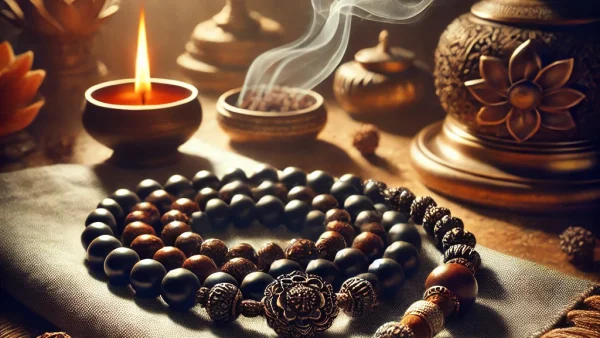
Pingback: Benefits of 14 Mukhi Rudraksha - Spiritual Guru